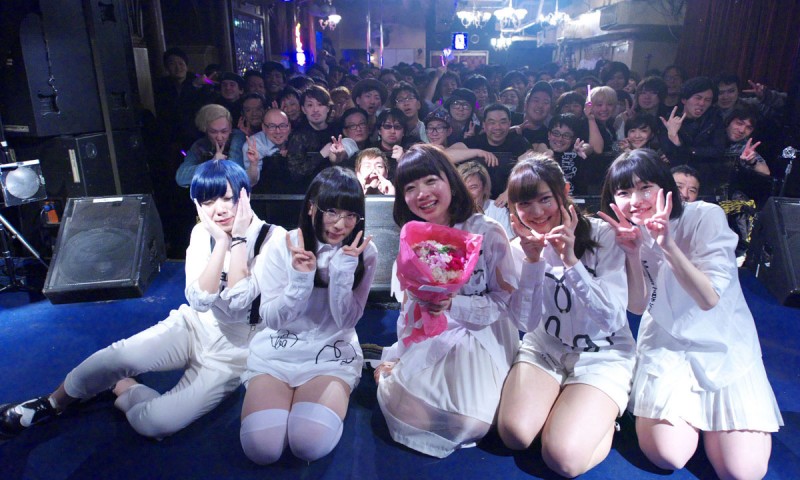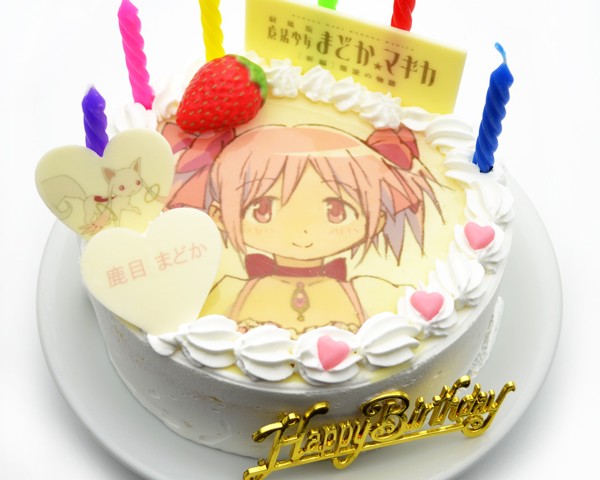
The Dreaming Life with Your “Yome” Comes True!! Hologram Robot Steps Into Your Daily ...
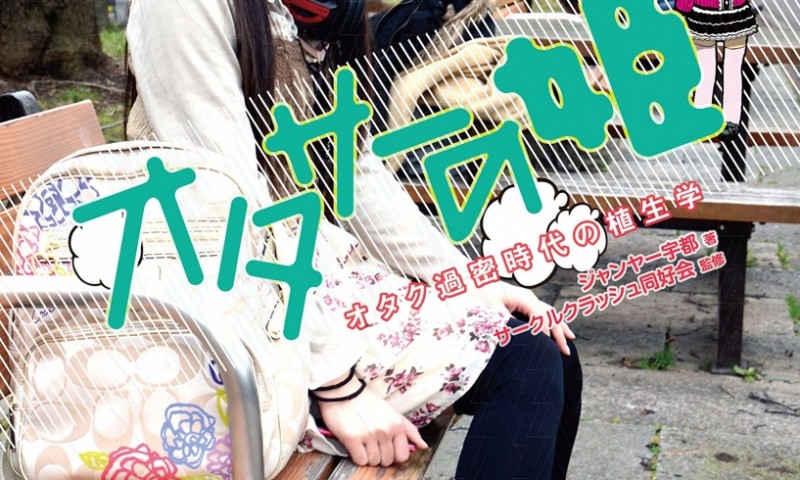
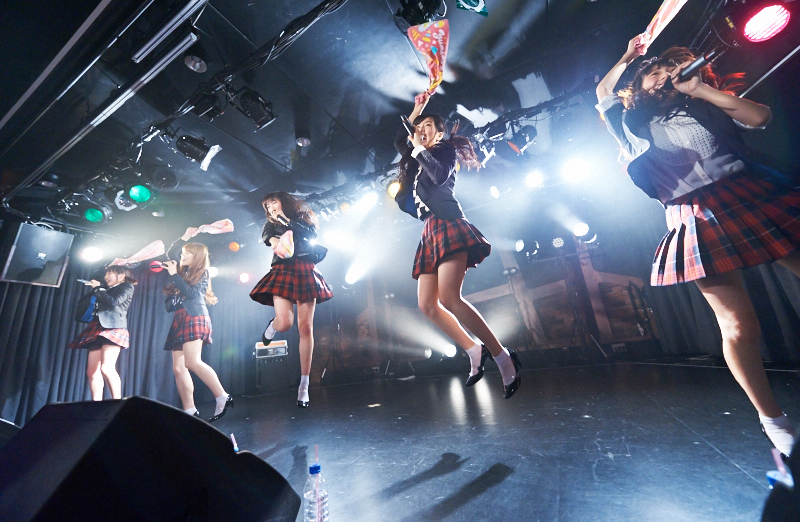
Sponsored Links
Continuing from Part 1, here is some more Japanese that should come in handy when you decide to take that trip to Japan and go see your favorite idols or artists in person. Even if you are an expert on all of their TV shows, concert DVDs, web shows, or YouTube short movies and follow their blogs and social media accounts religiously, there’s nothing quite like seeing someone you’re a fan of in person. Now that you have made your plans and got your ticket(s), here’s even more Japanese which have not been taught in school!
If you are really early or don’t leave the venue right away here are some things you will see:
Irimachi/Demachi (入り待ち・出待ち) – Waiting outside the venue to see the idols/artists as they are entering/leaving. Generally, all you can do it wave at them or call out their name. They are very busy so this is not the time to try to shake their hand or ask for an autograph or take a picture with you. That’s what the tokutenkai is for.
Bup’pan (物販) – also known as “goods” グッズ where a group/artist is selling their merchandise before/during/after their performance. This will usually be near the entrance of the venue and sales may begin as early as a few hours before the event begins and stay open until everyone goes home or everything sells out.
Kaijou Gentei (会場限定) – Also referred to by Event Gentei イベント限定, these are merchandise that will only be available at the event/venue. These usually include a limited run of shirts or towels to commemorate a special occasion like a member’s birthday/graduation or a tour finale. Come early if you want that stuff because it will probably sell out before the event starts!
As you are waiting to go in, there are a few words you will need to keep in mind so that you don’t hold up the line:
Seiri Bango (整理番号) – A reference number which is used to determine the order in which you can go inside once the doors open. If it’s an event with no seating arrangements, this may determine how close you will be able to get to the stage.
Betto Drink-dai(別途ドリンク代)this is an added charge levied when you enter the event which is usually about 500-600 yen. You will receive a drink ticket (ドリンクチケット)which you can use to get a drink (alcoholic or non-alcoholic) at the bar. It seems like almost all venues in Japan require attendees to purchase a drink ticket upon entry. This is probably more easily understood as “one drink minimum” and is a way that the venue can make some money to help cover the costs of having the event. Please try to have some small change ready so everyone behind you can go inside in an orderly fashion. The venue may change the color or design of the drink tickets used for different events so make sure to redeem it on the day you get it or you may have just lost money!
While there is no way to prepare for all the random words that will be used during an event, here are some terms which are fairly standard:
Satsuei/Rokuon(撮影・録音) – Photographing/filming and audio recording. In most cases, there will be an announcement asking the audience to refrain from doing so. Don’t be one of those people who experience the entire event through their camera/phone! Even though it’s annoying when security sternly tells you to delete your photo, remember that you might be the thousandth person they had to tell. If you are one of those people that has to broadcast to the world where you are, take a picture of the sign for the event before you go inside? In the case of a live, there are usually bouquets sent by companies that have a connection to the artist or by other artists who are friends or fans. Those are also okay to photograph.
Josei Area (女性エリア)- Sometimes there will be a special part of the floor space just for female fans to stand. If you have ever seen how wild (and sweaty) some male fans get at a live, this might make all the difference in how you experience the event. This does not mean that female fans are better behaved since wild behavior is for everyone! At the very least, the chances of having someone twice your size crowdsurfing or being lifted right next to you are not as high.
With all the “Cool Japan” promotion happening now, it is becoming more common for there to be events with areas for non-Japanese attendees as well. One reason for this practice is because those visiting from overseas may have no idea what is going on when they go to a live in person. It can be intimidating to be the only one not singing or dancing along when everyone else around you is. Another reason could be that the promoters are looking to “globalize” and show how their artists are reaching people outside of Japan. However you choose to interpret the situation, the special areas are generally closer to the front where you can see better.
Overture – The music that plays at the beginning of the live, like the entrance music for an athlete. The most famous example is probably the one used by AKB48 and their sister groups but, many groups have their own.
Jiko shoukai (自己紹介)- A self-introduction. If you have ever taken Japanese, this is one of the first things you learn how to do. Usually done after 2-3 songs into the set, these can range from very plain and straightforward to nonsensical and absurd. Often crowd participation plays a part.
MC – Similar to the original term “Master of Ceremonies”, this is a break between songs where the members of the group will talk about random things and make announcements of upcoming events, projects, or products. This may happen throughout the live or not at all.
Corner (コーナー)- This is like a longer MC but will have a theme to it, like a competition between the members of the group, or focus on something that the artist has become known for talking about before.
VTR – A recorded clip which also serves to give the artist or staff to prepare for what is going to happen next. These can range from simple animated short films to cinematic level productions with CG, special effects, and stunts.
Shuugou Shashin(集合写真) – A group photo taken at the end of an event, with the members of the group sitting in front of the audience. These are also taken towards the end of parties in Japan (when most people are pretty full and/or drunk). You might end up seeing your face on someone’s social media feed or website as a result.
So the performance is over but there are still a lot of people standing around! While some of them could be in line to buy whatever goods might be left over, in most cases, they are queuing up for the tokutenkai!
Tokuten-kai (特典会) Literally “special favors meeting”. It is a special fan meeting event held before or after the performance where you can interact with the performer(s). Usually it consists of being able to shake hands and talk to the idols, get a cheki or two-shot with them or an autograph depending on how creative management is. Expect there to be a long line.
High-touch-kai (ハイタッチ会)- The artist(s) will stand and high-five fans as they are leaving the event.
Watasu-kai (渡す会)- Certain release events will consist of the artist(s) personally handing you the product you purchase. There may be a chance to talk to them for a moment but this depends on the situation.
Sign-kai (サイン会) – An event where you can get your CD, magazine, photo book, DVD, or whatever else (within reason) signed. This can range from a simple signature to a personalized message and artwork decorating your new purchase.
Akushu-kai (握手会) – A handshake event where you get to shake hands with the idol(s) and talk with them for a few brief moments.
In the case where the tokuten-kai involves photographs there are:
Satsuei-kai (撮影会)- A general term for an event involving photography, whether it is taken with your camera or one provided by the staff.
Sha-me (写メ)- A photo taken with a digital camera, usually of you with the idol(s). Sadly, there are many instances where the lighting is low, your device has a problem, or the staff member is unfamiliar with it, resulting in a less than ideal picture.
Cheki (チェキ)- A photo taken with an instant camera. These are also taken at maid cafes where they may be personalized by the person you took it with.
2-shot – A photo taken with 1 of the members. Just you and them! There is a chance to talk to them at this time too since you need to coordinate what pose you are going to do in the picture.
Zen-in (全員)- When the picture is taken with all the members of the group. There is less chance for customization with this option and you might not even get to stand near your favorite member!
While you are waiting for your turn to see your favorite idol, you may start to notice some things about the other fans. Here are some types of fans you might observe:
TO – Short for “Top Ota(ku)” (トップオタ), these are the biggest and longest-tenured fans of an artist/group. They have been to all or almost all of their events, regardless of where in the world they were, probably have their home filled with goods. They know just about everything there is to know about the artist/group and are
When it comes time for the encore call to begin, they are usually the ones who start it. They will also coordinate things for special events independent of whatever management will do, including making giant banners, distributing cyalumes with instructions on when to use them, and bringing flower bouquets, cakes, and presents for birthdays. The level of how involved a TO is differs depending on the group/artist.
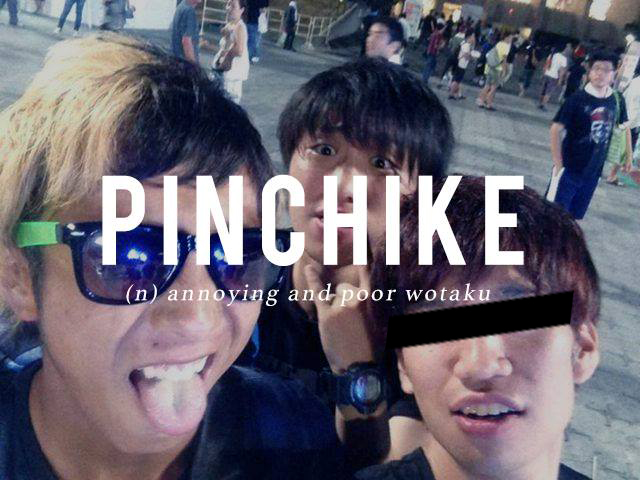
TGU’s konishiki-kun (middle) w/ friends at Osaka a-nation back when he was still a “pinchike”! He’s grown up to become a proper wota now! Yay!
Pinchike (ピンチケ)- This is a derogatory term for a new/young fan who doesn’t know the proper way to act. The term comes from the pink color of discounted tickets sold to middle/high schoolers at the AKB48 theater. These kind of newbies will go out of their way to be noticed or acknowledged by the idol(s) despite crawling out of the woodwork once they have started to become popular. Respect and recognition are things that are earned, not given. These kind of “filthy casuals” are often seen at free events.
Han-Wota (半ヲタ)- These are fans who have managed to gain additional access behind the scenes by working with idols. While this cannot be said for all of them, many writers, photographers, media and industry people will display signs of being a “han-wota” if you see them at an event. They’re usually identifiable by their guest/staff passes. One example of a “han-wota” would be DJ Tomoaki Okura from Shimokita FM. When he’s not going to idol events all over the world, he’s hosting a weekly radio show co-hosted by idols like Miyuki Watanabe (NMB48) with live performances you can watch on Ustream!
Kaijou-Oshi (会場推し)- Someone who was not able to get a ticket but shows up at the venue anyway, whether to buy goods or talk with their friends.
DD – An abbreviation of “dare demo daisuki” (誰でも大好き)which literally translates to “I love anyone”. This is someone who likes a lot of a different idols and does not have anyone in particular as their favorite. This is generally frowned upon and different from a “Hako-Oshi” (箱推し)who supports everyone in the group. If someone claims to be “hako-oshi” for AKB48, isn’t that basically a “DD” because there are so many members?
Zaitaku (在宅)- Literally, “to be at home”, this is an otaku who confines themselves indoors and doesn’t go to events, generally because they are too far away to get to. Unless it’s a major event, you may never see these kind of otaku.
Sponsored Links
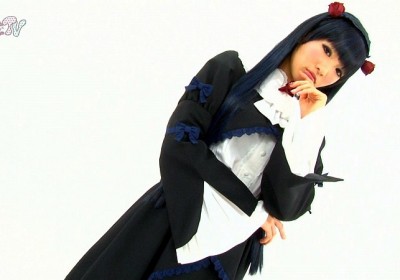
[Exclusive Program] Tokyo GIrls’ Update TV #006 : SBY in Shibuya109 & Pikarin’s Cosplay
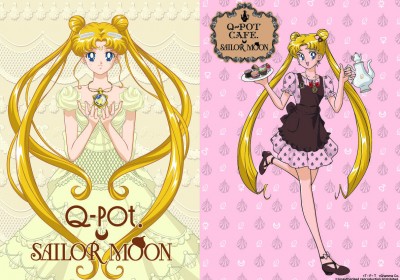
Q-pot.× Sailor Moon at Q-pot CAFE. Opens to Celebrate Sailor Moon’s 20th Anniversary!


